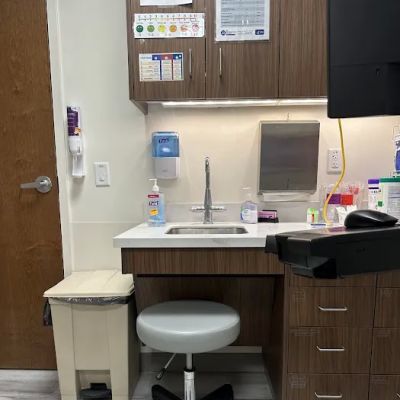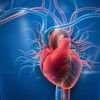What is a Heart Attack?
A heart attack, or myocardial infarction, occurs when the blood flow to a part of your heart is blocked, often by a clot. This blockage deprives the heart muscle of oxygen, leading to damage. A heart attack can be a life-threatening event, making it crucial to understand the signs and take immediate action when symptoms arise.
Common Symptoms of a Heart Attack
Heart attacks typically present with several clear symptoms. Some of the most common include:
- Chest pain or discomfort, often described as a pressure or squeezing sensation
- Pain or discomfort radiating to the arms, back, neck, jaw, or stomach
- Shortness of breath, especially with or without physical activity
- Nausea, lightheadedness, or cold sweats
These symptoms can vary from person to person, so it’s important not to ignore any unusual chest discomfort.
Uncommon Symptoms of a Heart Attack
In some cases, the symptoms of a heart attack can be more subtle. Women, in particular, may experience heart attacks differently, presenting with symptoms that are less typical:
- Fatigue, which might feel like an overwhelming tiredness
- Indigestion or abdominal pain
- Unexplained anxiety or dizziness
If you experience these symptoms, especially if they are sudden or unusual, it’s essential to seek medical attention immediately.
Early Signs of a Heart Attack You Should Not Ignore
There are early warning signs that could indicate a heart attack is on the way. Recognizing these signs early can make all the difference in preventing further damage:
- Unusual fatigue or discomfort that doesn’t go away
- Feeling faint or lightheaded without any apparent cause
- Persistent chest discomfort that lasts more than a few minutes
It’s important to trust your instincts—if you feel something is off, don’t hesitate to reach out to a healthcare professional.
Risk Factors for Heart Attack
While anyone can have a heart attack, certain factors increase your risk:
- Age, as risk increases with age
- Family history of heart disease
- High blood pressure, high cholesterol, or diabetes
- Smoking, poor diet, or lack of exercise
- Excessive alcohol consumption and stress
Understanding your risk factors can help you take proactive steps to reduce your chances of experiencing a heart attack.
Prevention Tips to Reduce Heart Attack Risk
Prevention is always better than cure. Here are some lifestyle changes that can significantly reduce your risk of a heart attack:
- Quit smoking and limit alcohol consumption
- Adopt a heart-healthy diet rich in fruits, vegetables, and whole grains
- Exercise regularly to keep your heart in good shape
- Manage stress through techniques like yoga, meditation, and deep breathing
- Control your blood pressure, cholesterol, and blood sugar levels
Taking these steps can help you stay heart-healthy and reduce your chances of a heart attack.
What to Do If You Suspect a Heart Attack
If you or someone else shows signs of a heart attack, quick action is essential. Follow these steps:
- Call emergency services immediately
- If the person is conscious, have them chew and swallow an aspirin (unless contraindicated)
- Keep the person calm and still while waiting for medical help
Quick response can save lives and reduce the damage caused by the heart attack.
How to Choose Heart-Healthy Products
When it comes to managing heart health, choosing the right products is crucial. Look for items that are low in saturated fats, cholesterol, and sodium. Opt for products high in fiber and rich in omega-3 fatty acids. Some examples of heart-healthy products include:
- Whole grain foods like oats and brown rice
- Lean proteins like chicken and fish
- Healthy fats such as those found in olive oil and avocados
Choosing heart-healthy products can make a big difference in your long-term heart health.




















